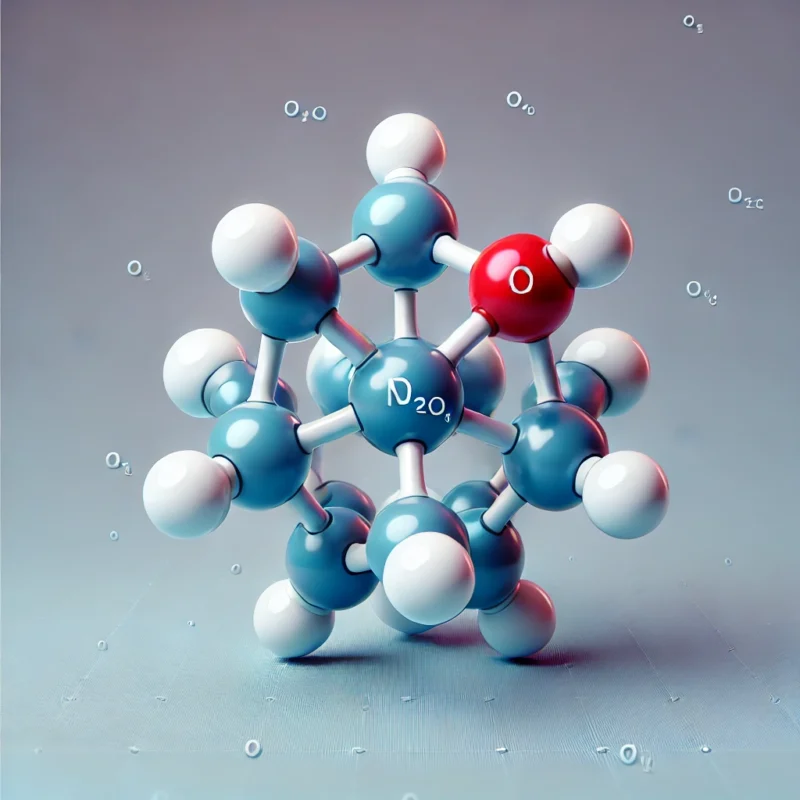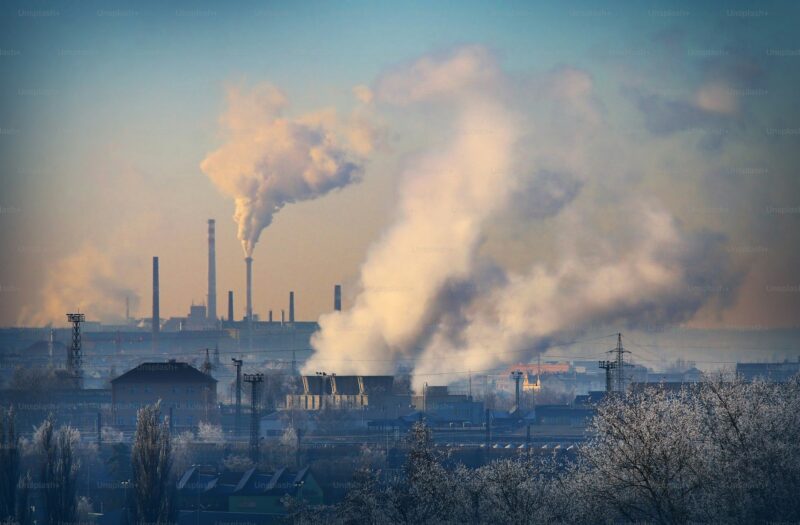Greenhouse gases. They’re the invisible villains in our quest for a stable climate, playing a starring role in the global warming saga. Without them, Earth would be a frozen wasteland, but too much of a good thing can spell disaster.
So, let’s break down the trio of troublemakers: carbon dioxide, methane, and nitrous oxide.
1. Carbon Dioxide
Carbon dioxide (CO2) is the most notorious greenhouse gas. It’s the one everyone loves to hate, and for good reason.
Since the late 1700s, human activities have unleashed unprecedented amounts of CO2 into the atmosphere. Fossil fuel combustion, deforestation, and cement production are the primary culprits.
Historical Context
The Industrial Revolution marked the beginning of our carbon dioxide problem. Before then, natural processes like volcanic eruptions and the breathing of plants and animals kept CO2 levels in check.
But as we burned coal, oil, and gas, we tipped the balance. Fast-forward to today, and we’re drowning in CO2.
Consequences
Rising CO2 levels are driving global warming. The heat trapped by this gas increases surface temperatures, melts ice caps, and raises sea levels. Climate patterns are shifting, with more extreme weather events becoming the norm.
Agriculture suffers, water resources dwindle, and natural habitats shrink. It’s a domino effect that impacts every aspect of life on Earth.
Longevity and Global Impact
CO2 sticks around. Once released, it can hang out in the atmosphere for centuries, mixing globally and ensuring its effects are felt everywhere. This persistence makes it a long-term problem that requires long-term solutions.
2. Methane

Methane (CH4) might not get as much press as CO2, but it’s a heavy hitter in the greenhouse gas game. Pound for pound, methane is far more effective at trapping heat.
Its sources? Livestock digestion, rice paddies, landfills, and fossil fuel extraction.
Historical Context
Methane levels started climbing with the advent of agriculture. As humans domesticated livestock and cultivated rice, methane emissions rose.
The discovery and exploitation of fossil fuels in the 19th and 20th centuries gave methane levels another significant boost.
Consequences
Methane is a powerful greenhouse gas, with a global warming potential 25 times greater than CO2 over a 100-year period. Even though it has a shorter atmospheric lifetime of about 12 years, its immediate impact on warming is substantial.
Melting permafrost and warming oceans could release even more methane, creating a feedback loop that accelerates climate change.
Longevity and Global Impact
Methane doesn’t linger as long as CO2, but its potency makes it a significant player in short-term warming. Addressing methane emissions could provide a quicker, albeit temporary, relief from the rapid pace of climate change.
3. Nitrous Oxide

Nitrous oxide (N2O) is often overlooked, but it’s a formidable greenhouse gas. Agricultural activities, particularly the use of synthetic fertilizers, are the main sources of N2O emissions. Industrial processes and the burning of organic matter also contribute.
Historical Context
The Green Revolution of the mid-20th century brought widespread use of synthetic fertilizers, which significantly increased N2O emissions. As agriculture intensified, so did the levels of this potent gas.
Consequences
Nitrous oxide has a global warming potential 265 times that of CO2 over a 100-year period. Its impact on the ozone layer adds another layer of complexity to the climate change issue.
N2O’s role in stratospheric ozone depletion means it contributes to both global warming and the thinning of the protective ozone layer.
Longevity and Global Impact
N2O has an atmospheric lifetime of about 121 years. Like CO2, it becomes well-mixed globally, affecting the climate and ozone layer for generations.
Reducing N2O emissions is crucial for both climate stability and ozone protection.
Other Factors in the Climate Equation
While CO2, CH4, and N2O are the primary greenhouse gases, they aren’t the only players in the climate game.
Other factors like albedo changes (how Earth’s surface reflects sunlight) and radiatively important substances such as aerosols and black carbon also influence the climate.
Albedo Changes
Changes in land use and cover impact Earth’s albedo. Urbanization, deforestation, and agriculture alter how much sunlight is reflected or absorbed, influencing local and global temperatures.
Aerosols and Black Carbon
Aerosols, tiny particles suspended in the atmosphere, can both cool and warm the planet. Sulfate aerosols reflect sunlight, leading to cooling, while black carbon absorbs heat, contributing to warming. The net effect of aerosols is complex and varies by region and type.
Governmental and Public Response
Governments worldwide are grappling with how to mitigate the impacts of climate change. Policies and initiatives aimed at reducing greenhouse gas emissions are in place, but the effectiveness varies.
Public awareness and activism are growing, pushing for more aggressive action.
Policies and Initiatives
From carbon pricing to renewable energy incentives, governments are exploring various strategies to curb emissions.
State and local governments are also stepping up, implementing measures to reduce their carbon footprints and adapt to changing climates.
Public Awareness
Climate change is no longer a fringe issue. People are recognizing its impacts and demanding action. Grassroots movements and advocacy groups are putting pressure on policymakers to prioritize climate-friendly policies.
Reporting and Monitoring
Monitoring and reporting greenhouse gas levels are crucial for tracking progress and informing policy decisions. The EPA’s Report on the Environment (ROE) provides comprehensive data on greenhouse gas concentrations, emissions, and climate trends.
Indicators and Trends
The EPA uses various indicators to monitor climate change, including greenhouse gas emissions, energy use, and sea level changes.
Recent data shows a clear trend: temperatures are rising, oceans are warming, and sea levels are climbing. These indicators paint a stark picture of the current state of our climate.
The Role of the IPCC
The Intergovernmental Panel on Climate Change (IPCC) plays a key role in assessing scientific information related to climate change.
Its reports provide valuable insights into the atmospheric lifetime and global warming potential (GWP) of major greenhouse gases, guiding global climate policy.
Why Greenhouse Gases Matter
Greenhouse gases are central to the climate change narrative. Carbon dioxide, methane, and nitrous oxide each have unique properties and impacts, but together, they create a formidable challenge.
Their ability to trap heat and their persistence in the atmosphere makes them key drivers of global warming.
Addressing climate change requires a multifaceted approach. Reducing greenhouse gas emissions, transitioning to renewable energy, and enhancing natural carbon sinks are all part of the solution.
As we move forward, a clear understanding of the roles and impacts of greenhouse gases will be essential in shaping effective climate policies.

